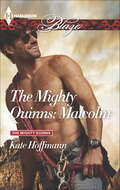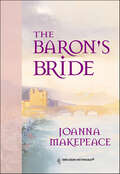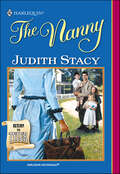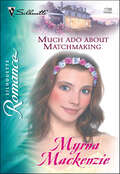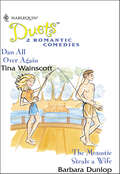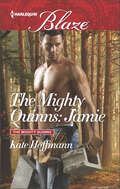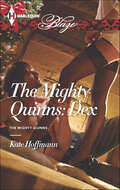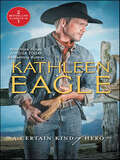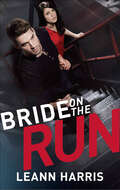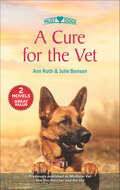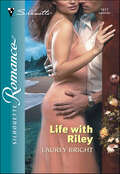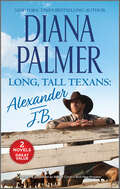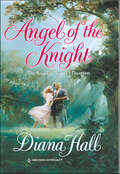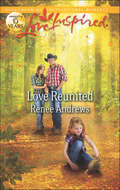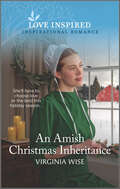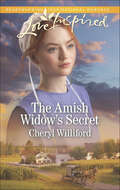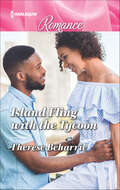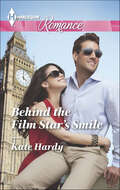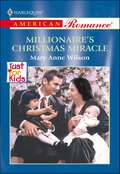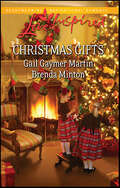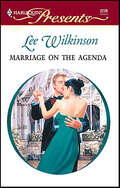- Table View
- List View
The Mighty Quinns: Malcolm (The Mighty Quinns)
by Kate HoffmannHer guide to adventure...in and out of the bedroom New Zealand wilderness guide Malcolm Quinn is stunned to learn that his father's body-lost near the summit of Everest almost twenty years ago-has been found. The discovery stirs up painful memories for Mal, and brings eager reporters out in droves. He is ready to resist them all, until he meets the pretty little Yank who turns his blood to liquid lust.... Amy Engalls needs this story to make her career, but Mal refuses to be interviewed. Instead the gorgeous Quinn offers Amy the kind of adventure she'll never forget. She accepts, realizing she may be jeopardizing her future for a short-term fantasy. By breaking the rules, will she lose everything...including her heart?
The Baron's Bride
by Joanna MakepeaceGisela of Brinkhurst enjoyed managing her father’s keep and had never thought much about marriage. Little did she foresee the threats to her father’s lands and how marriage would ensure their survival.Sir Alain de Treville needed a wife, and there was no better time than when the king placed him in Allestone Castle to protect the area from daring marauders. When nearby Brinkhurst was attacked, and Lady Gisela’s family suffered great losses, it was time for him to insist on their union, despite the beautiful maiden’s indifference to marriage.Would the brave Gisela give in to her growing love for Alain-a man who showed her every day how much he adored her?
The Nanny (Return to Tyler)
by Judith StacyHoly Terrors, The Lot Of 'Em!That's what everyone considered Josh Ingalls's unruly passel of kids-secretly, anyway. No sense offending the most eligible widower in town! But Annie Martin didn't care what a "catch" her employer was. She only wanted him to admit he loved his children. And possibly share a kiss or two-okay, maybe three...!This latest nanny was barely more than a girl herself, Josh Ingalls noted, but if a tree-climbing dynamo in trousers was what it took to manage his energetic tribe, he'd happily keep the amazing, amusing, arousing Annie Martin around forever!
Much Ado About Matchmaking (Shakespeare in Love)
by Myrna MackenzieWHAT, ME MARRY? NEVER